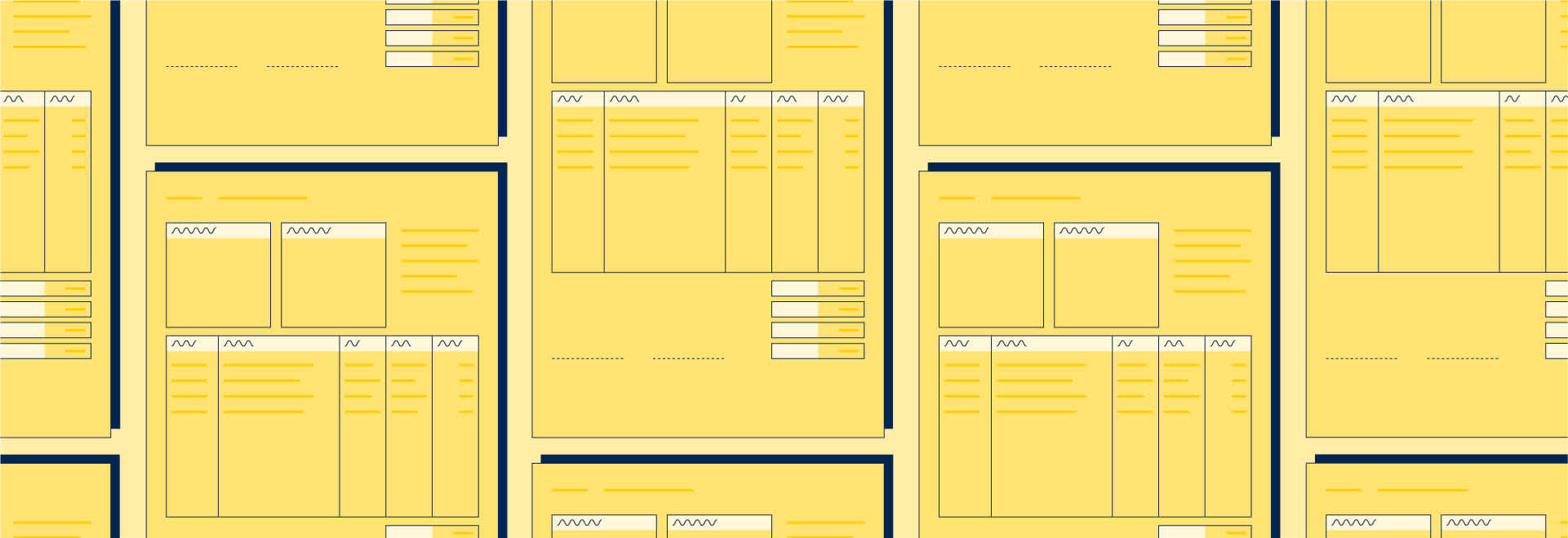
When, why & how to use proforma invoices
Last editedFeb 20203 min read
What is a proforma invoice?
A proforma invoice is a list of items ordered by the customer, along with their agreed prices, and is sent out to a customer with a delivery.
"Proforma" comes from the Latin meaning "as a matter of form", and a proforma invoice exists as a courtesy between the buyer and seller to formalise their transaction, and provide all the relevant information before the sale is finalised.
How does a proforma invoice differ from a regular invoice or quote?
As a business owner, you’re already familiar with regular sales invoices. And, depending on your business, you may have also issued quotes before. So how do proforma invoices differentiate themselves from regular invoices and quotes?
Quotes
A quote is sent out to a prospective customer to provide an estimate. It will list the products or services that you intend to supply, when you intend to deliver them and an estimate of the overall proposed cost. Quotes can then be accepted or rejected by the customer. They have no financial value and they’re not legally binding – so they don’t appear in your accounts.
Invoices
If a quote is accepted, it can be rolled over into a sales invoice. An invoice sets out the products or services that were delivered, when they were delivered and the money that’s now owed to the seller from the buyer – giving them a fiscal value in your accounts. Invoices will also have a sequential invoice number (generated by your invoicing software) and are legally and financially binding once raised and sent.
Proforma invoices
Proforma invoices are sent out before the sale is completed. Their purpose is to formalise the contents of the order and to give both buyer and seller an estimate of what the delivery contains and what it’s worth. Because of their "in-between" nature, many peoeple use the term "proforma invoice" interchangeably with "quote".
Advantages of a proforma invoice
The main advantage of a proforma invoice is that, as it’s not a finalised sales invoice, you don't need to revise it if there are changes to the goods or services you deliver (unlike a regular invoice). This can save you from needless admin. With a proforma invoice, you can wait until the sale is fully confirmed and then send out a regular invoice, which can account for any changes.
When should my business use proforma invoices?
Common use cases where proforma invoices are beneficial for you to use include:
When items may be damaged in transit
If items are damaged when received, you’d typically have to send your customer a credit note against the original invoice. With a proforma invoice, you can make any necessary amendments and then turn your proforma invoice into a full sales invoice – cutting down on the admin.
When customers may change their order
When a customer amends their order after a delivery has been sent out, your initial invoice will be incorrect and would need to be re-raised or credited. A proforma invoice can simply be updated and converted to a full invoice.
When project scope may increase
If you’ve quoted to deliver a service (e.g. building work) and discover that more work will be needed than you estimated, you’d need to send out additional invoices. By using proforma invoices, you just finalise the sale once the full scope is known – keeping the invoicing process straightforward, simple and fast.
How to issue proforma invoices
To issue a proforma invoice, you’ll need to include certain fields and pieces of information, so your customer can quickly understand the nature of the invoice.
A proforma invoice will generally include:
Your company name, logo and address
Today’s date and an expiration date for the proforma (e.g. 30 or 60 days)
A list of the products/services sold (with descriptions)
Quantities of each item in the order
Prices for each item on the list
Any applicable tax rates (like VAT or GST) and the tax amount
The total amount that the buyer will need to pay
Your payment details
Importantly, your proforma invoice doesn’t have an invoice number, as it’s not a finalised sales invoice. The sale will only be entered into your accounts under sales revenue once the proforma invoice is converted into a regular invoice.
If you’re using cloud accounting software to handle your invoicing, the method for creating a proforma invoice will vary from platform to platform. Some platforms will have proforma invoices available as a specific type to select on invoice creation, while others will simply supply the same functionality under the name "quote" or "estimate". If it's not obvious to you how to create a proforma invoice in your cloud accounting platform, Google the name of your cloud accounting software plus "proforma invoice" and you should be able to find guidance.
How GoCardless can help with your invoicing processes
Invoicing and payment work best when they’re connected. Small businesses shouldn't have to regularly accept late payments or waste time chasing them up.
By taking payment via Direct Debit, you can reduce stressful, unnecessary payments admin in your business, enabling you to reinvest that time more valuably elsewhere. As well as get paid on time. With GoCardless, you can add a payment button directly into your finalised sales invoice, enabling your customers to setup a Direct Debit with you in just a few clicks.
And because GoCardless can integrate with your cloud accounting platform, payments you receive can automatically be reconciled with your invoices, further reducing your financial admin and streamlining the whole process.
Find out more about collecting invoice payments with GoCardless.
Small business leaders share their top tips for success
What did they wish they knew when they started out? This is what they said.

